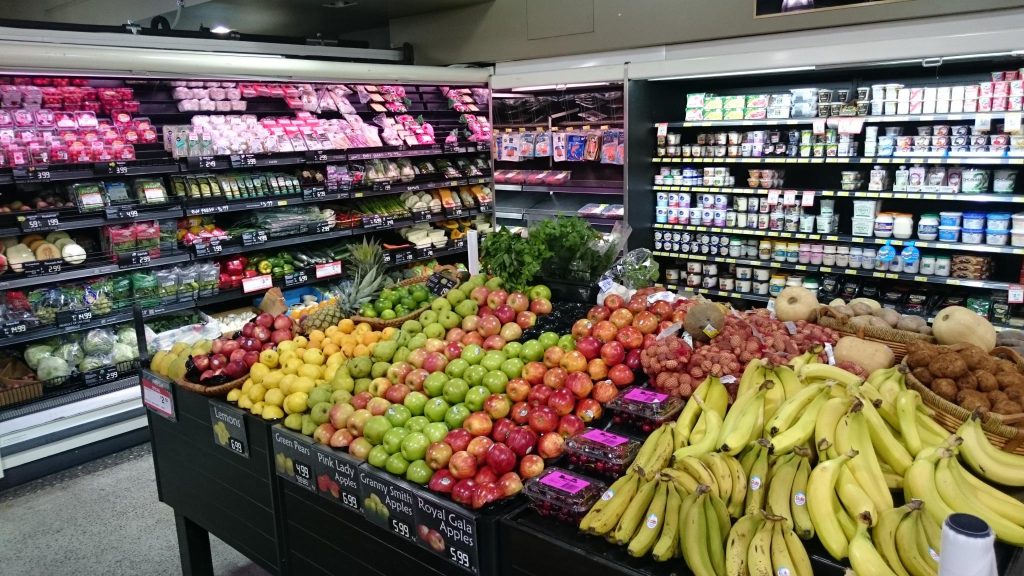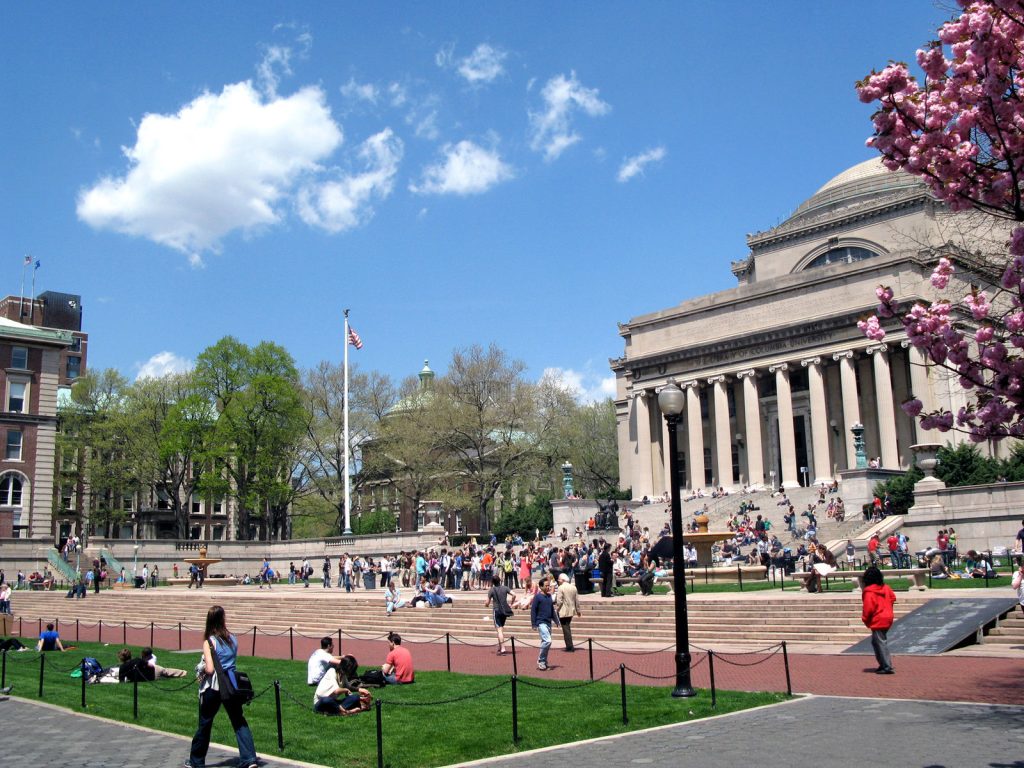Late last night an injunction application was filed to prevent the Australian government from shooting any brumbies. The application was due to be heard at 10:30 this morning.
Culling of the wild horses in the Victorian Alps was set to resume today after Parks Victoria won a legal battle over the removal of the species.
There has been an ongoing battle between scientists, warning about the environmental impacts of the brumbies and people who want to see the cultural value of the horses preserved.
The cull would remove brumbies from the Bogong high plains and eastern Victorian Alps. The original plan was to trap and rehome horses where possible and to humanely euthanise them where rehoming was not possible.
Due to having to suspend their efforts for 18 months and the devastating effects of the recent bushfires on the environment, Parks Vicotria has said the population has now grown significantly and it has become more urgent to control the feral horse population.
As a result of this, the plan is to now use ground shooting to cull the animals. Brumby activists are skeptical over how ground shooting will manage to be ethical and painless for the animals. They also say that shooting the animals was not part of the Protection of the Alpine National Park: Feral Horse Strategic Action Plan 2018–2021 and that there was no community consultation about the addition of shooting to the plan.
Andrew Cox, the chief executive of the Invasive Species Council, told The Guardian that “When implemented by professionally trained shooters, ground shooting offers a more humane approach to feral horse management for targeted groups of horses.”
“Ground shooting can reduce the time to death and avoid undue stress on horses that may otherwise be trapped, handled and transported long distances,’ he said.
According to Geoffrey Hope, an environmental historian and Emeritus Professor of Archaeology and Natural History at the Australian National University, Wild brumbies are a threat to native plants and animals. They graze and trample vegetation and habitat and they destroy waterways.
Scientists argue that the horses destroy sphagnum moss plants growing in the alpine region. The job of these moss plants is to filter water from the winter melt into various catchments. One such catchment being the Murray River. But the hard hooves of animals like horses can destroy the moss’ ability to hold water, and thus cutting water supplies to the Murray and the lowlands it serves.
Other native plants have also struggled to survive under the hooves of the horses. This has led to areas of the mountains being fenced off to protect plants like snowgrass.
The Australian Brumby Alliance remains adamant that “the Bogong High Plains Brumbies have been a part of the wildlife and natural character of the region for approximately 140 years.”
PHOTO: Brumbies (feral horses). By Griff en available HERE and used under a creative commons attribution. The image has not been modified.







